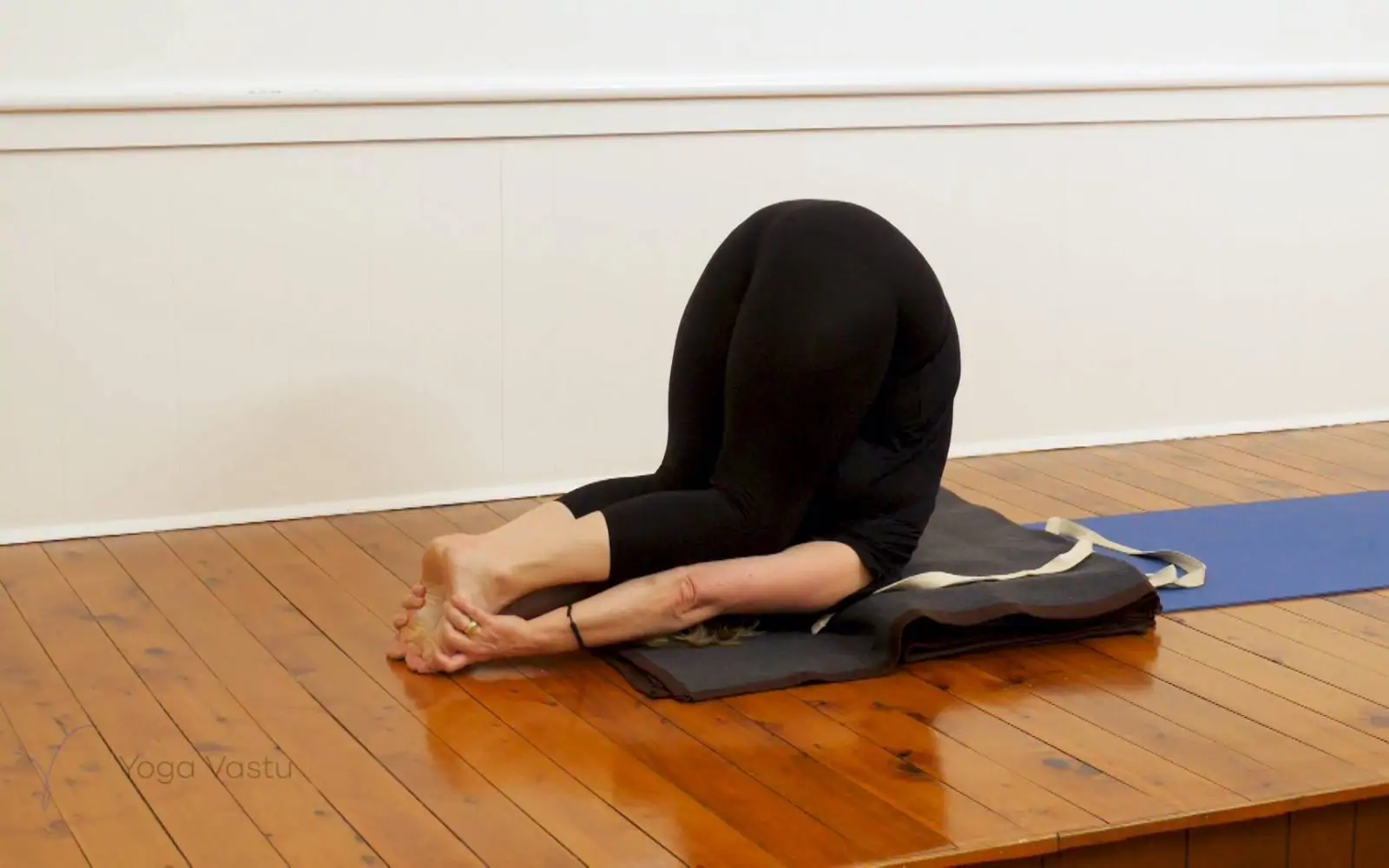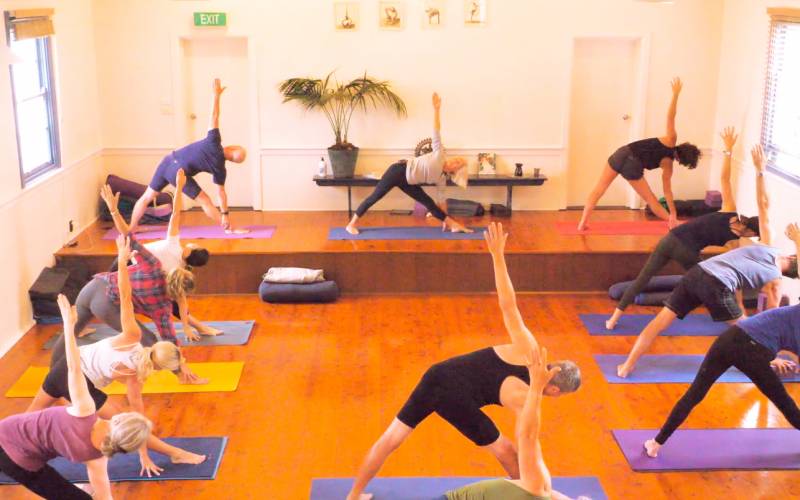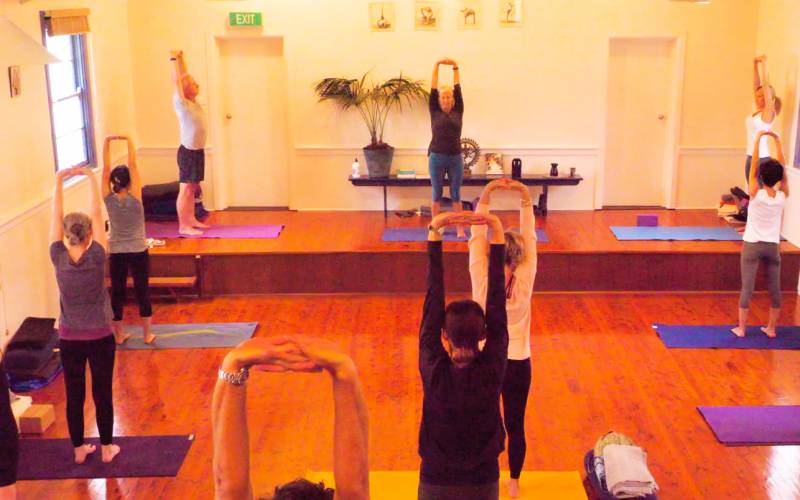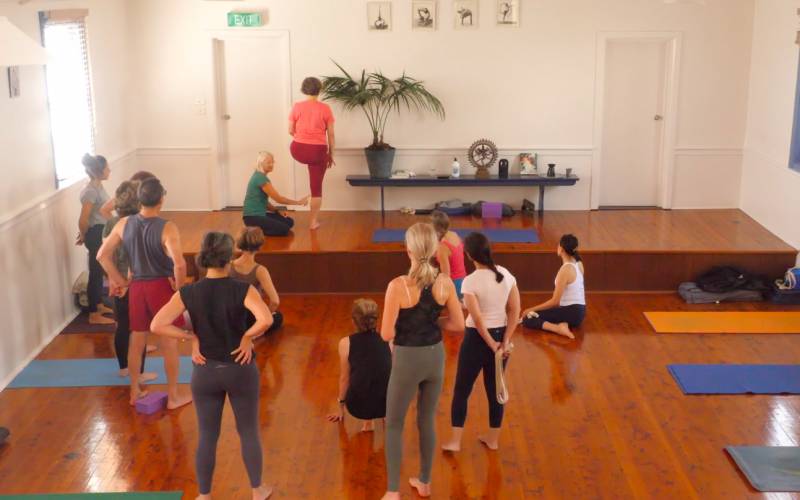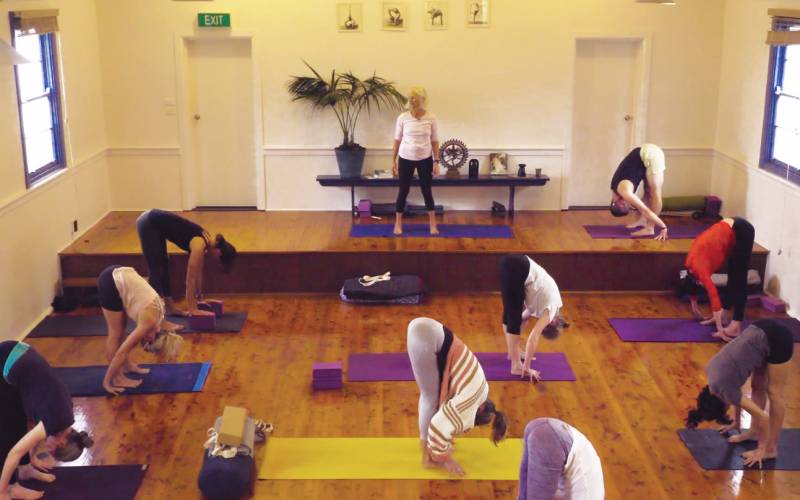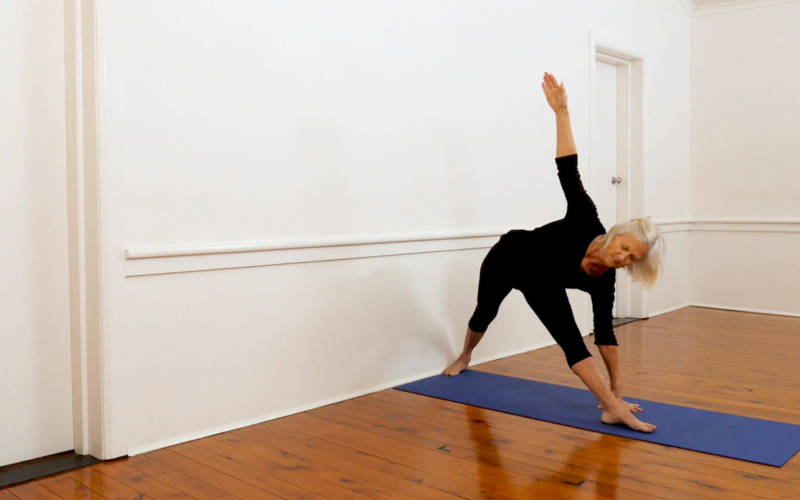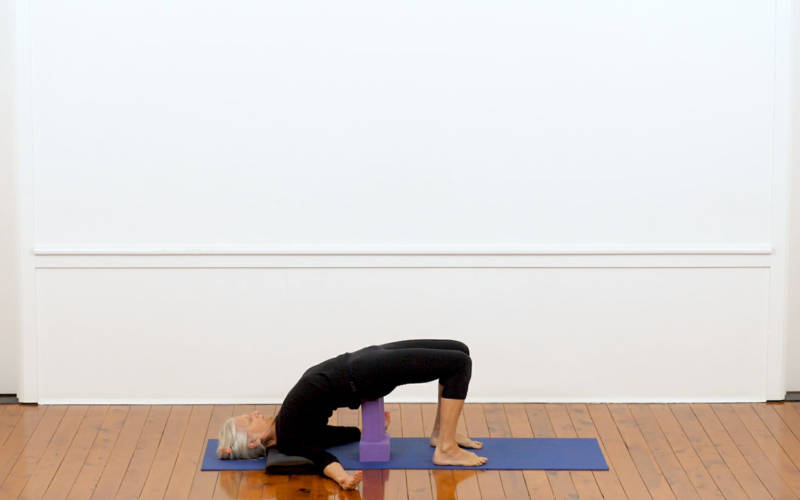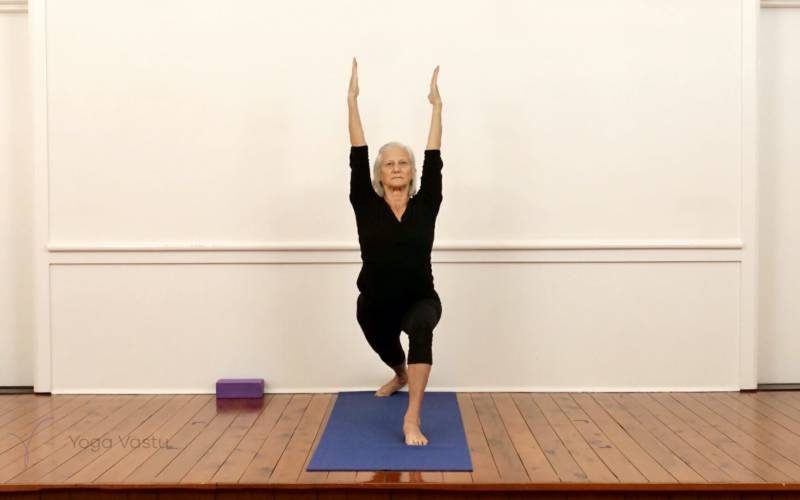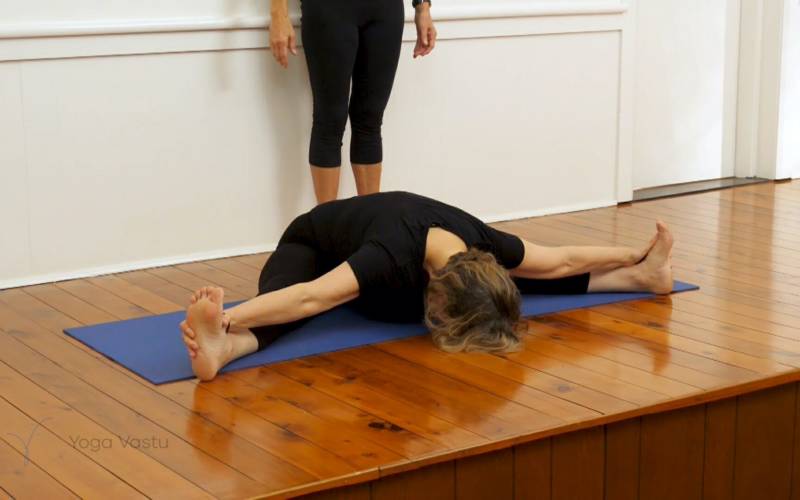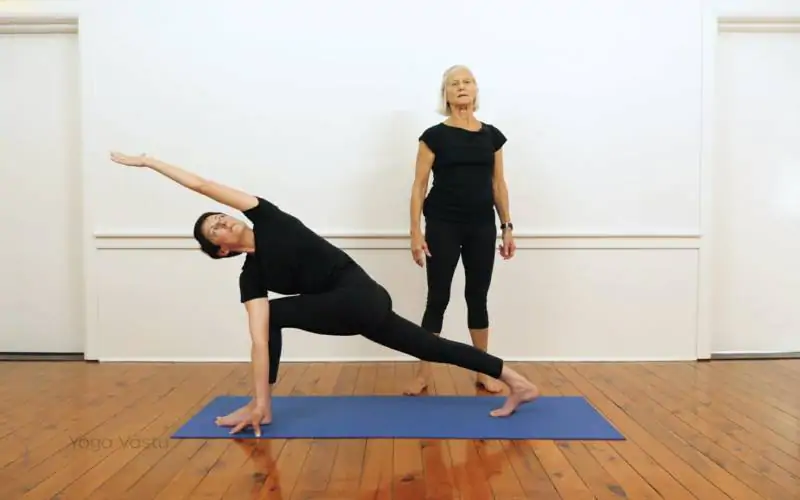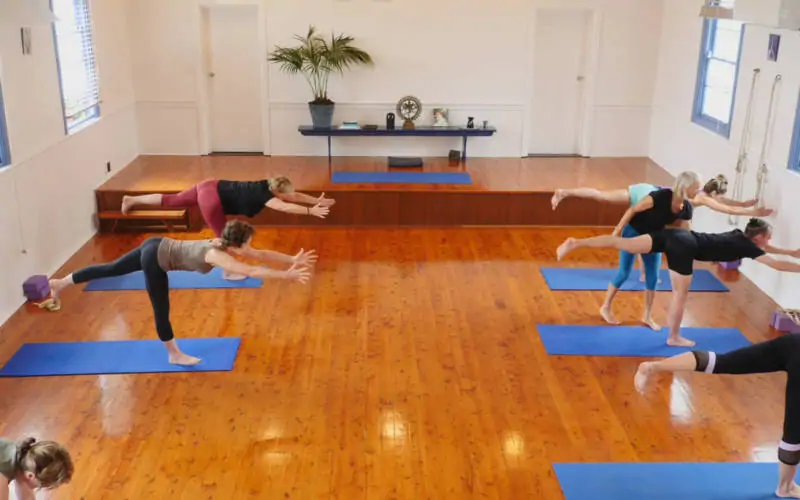How to perform Ear Pressure Pose
Start with your hips raised high over your head (in Halasana), your shoulders resting on the floor, or some blankets, your legs stretched out behind your head. Bend your knees and bring your thighs down so they are positioned on either side of your head. Breathe and feel your lower back release.
What is Karna Pidasana?
The name of this pose literally translates as Ear Pressure Pose. It is a variation and a sort of logical continuation of Halasana. For this reason, these two poses are often paired in the practice. Karna Pidasana is a more restful pose. Your hips are raised high over your head, so you need to maintain a slight balancing action, but your spine will naturally start to round ever so slightly, especially around the lower back, as it’s pulled up and over by the weight of your legs.
Breathe deeper into this pose, pressing your head slightly between your lower thighs. Arms stay outstretched behind your back or are used to support your hips. You can also reach for your feet, pulling your legs closer. Either way, relax and feel the tension in your lower back dissipate.
When to use Karna Pidasana?
Karna Pidasana is typically used at the end of a sequence since it goes a long way towards releasing tension in your lower back. It also slows down your heart rate and helps stimulate blood circulation around the waistline.
This position fills you with a deep sense of calm and, despite the inversion, your limbs are allowed and effortlessly give in to the force of gravity. This allows them to recover and cool down after performing more strenuous asanas, such as Sarvangasana or Sirsasana.
